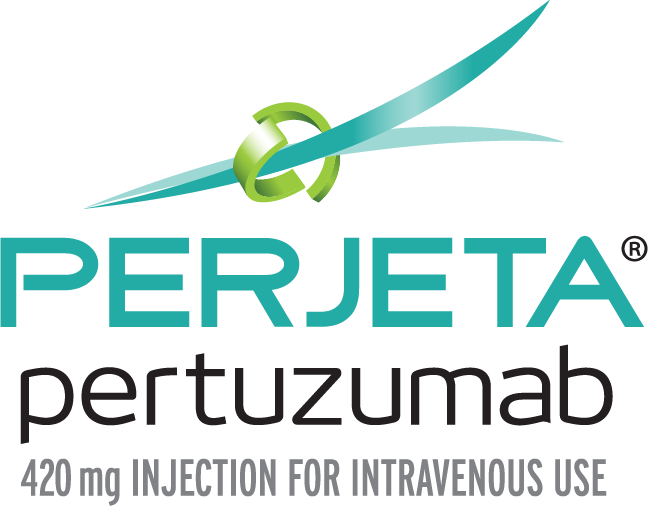ADJUVANT TRIAL OUTCOMES
See recommendation from the NCCN Clinical Practice Guidelines in Oncology (NCCN Guidelines®) below.
Durable benefit for HER2+ EBC patients maintained1,2
Based on the primary analysis of iDFS (primary endpoint) and first interim analysis of OS (secondary endpoint) dual anti-HER2 adjuvant therapy with PERJETA + Herceptin® (trastuzumab) + chemotherapy vs placebo + Herceptin + chemotherapy demonstrated a reduction in the risk of recurrence and in the risk of death, respectively, in patients with HER2+ early breast cancer (EBC).*1,3

